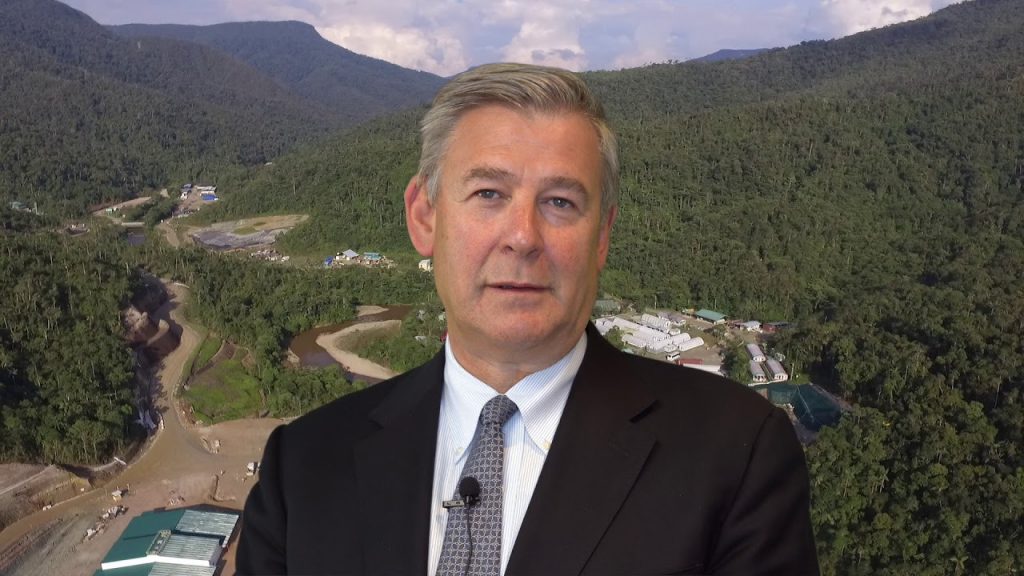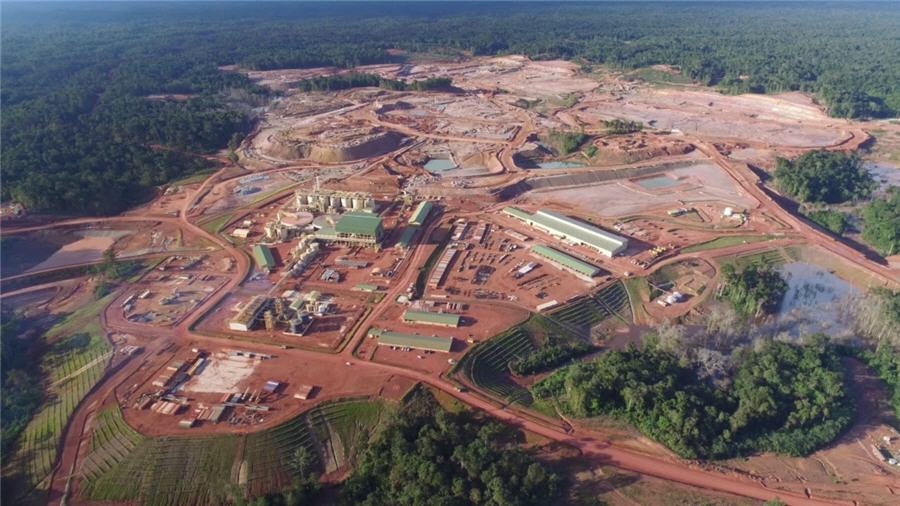INTERVIEW: Ron Hochstein, CEO, Lundin Gold

What is Fruta del Norte’s position as it restarts operations following the covid shutdown?
To say that 2020 has been a roller coaster would be an understatement. We we were able to reach commercial production near the end of February, ahead of our schedule. The mill and mine were ramping up very well, but on March 22nd we had to shut down operations due to covid-19. The government wanted us to continue to operate, but we made the decision to shut down primarily because of local fears about coronavirus. We only kept a small workforce at site of around 350 people.
We restarted operations in July 2020, and we project that we will produce between 150,000 and 170,000 ounces of gold during the second half of 2020, for a total 200,000 to 220,000 ounces this year. Our AISC for H2 2020 is expected to range between $770 and $850/oz. This is higher than our AISC for the life of the mine, which is $621, but from 2021 we should be able to bring these costs down.
How are you supporting the Zamora Chinchipe province during Covid-19?
So far we have invested around $230,000 on a number of initiatives, such as the delivery of food packages to distressed families, the distribution of medical equipment to support the Ministry of Health and other local government organizations, and the donation of disinfection equipment and medical supplies to the army and the police. We also donated a new ambulance for the local canton, which is adapted to transfer covid-19 patients.
What are the main developments on the operations and exploration fronts?
We have a lot of work ahead of us. We are working on a ventilation raise that will be very important for our 2021 mining production. Additionally, we are commissioning our paste backfill plant in Q3 2020, while we also need to complete the first raise of our tailings dam. We are also doing engineering studies to look at the economic feasibility of expanding our mine and mill throughput to 4,000 or 4,500 tonnes per day (mt/d).
The other aspect we are evaluating is exploration growth. if you look back at Aurelian’s first resource, it was 13 million ounces at Fruta del Norte. It was scaled back, but now the near-term opportunity is to do infill drilling and convert some of our indicated resource to reserve. Our probable reserve is only 67% of our indicated resource right now. Besides, we have a very large land package and there is huge potential here. Our primary target, Barbasco, is close enough to Fruta del Norte, so its ore could be trucked and processed at the existing facility. Any other deposits that are further south would probably require their own milling and tailings infrastructure.
Beyond an increase of Lundin Gold’s stock, how is the company benefiting from a higher gold price?
When we announced that we were shutting down operations, our stock was trading at around C$8.35, and prior to restarting operations, our stock was north of C$12, so we increased by nearly 50% being in suspension. What is driving that is the gold price, but relative to our peers we have also performed better. Bank analysts are talking of a future price of gold of $2,000 and $3,000 per ounce. We cannot know if this will become reality, and we are focused on operating at the lowest cost possible. Our price assumption in the feasibility study was $1,250/oz so, if the price keeps going up, shareholders may see some benefits in terms of a dividend policy, we would also focus on repayment of our debt much quicker. The streaming part of the financing is 100% tied to production, but the higher gold price would make it more attractive for us to buy out the stream. We have two options to do that; in 2024 and 2026.
The industry has failed to find elephant gold deposits lately. Why do you think this is?
By definition, the easy to find large deposits have been found. Also, when prices are down, people hold their horns in, and related to this we have seen a lack of investor interest in junior exploration. This said, there is still potential for elephant deposits, and that potential is here in Ecuador, a country that has not been on companies’ radars for many years. Fruta del Norte is arguably one of the best discoveries in the past 20 years, and the potential for more discoveries like this one is here in Ecuador.
Fruta del Norte has been a breakthrough for Ecuador’s mining industry. What can the government do to attract further investment?
From the start, we knew all eyes were on us, so we had to develop Fruta del Norte responsibly, protecting the environment, involving the local communities and creating sustainable development. What the government needs to do now is reopen the country’s cadastre system and to bring some clarity on the consultation process to be implemented. Ecuador signed up to the ILO 169 Convention, but it has not put the relevant legislation in place yet, and this is critical considering the large amount of indigenous communities across the country. Then, the environmental permitting needs to be more efficient – we have been waiting for our exploration permits for almost two years.
Would you like to add a final message about Lundin Gold and the wider Lundin Group?
Lundin Gold is a great example of what the Lundin Group have done over many years. We acquired Fruta del Norte and, in just five years, we went from the acquisition to a producing mine. The team has done an amazing job in construction, reaching commercial production, handling covid and restarting production again. The company’s market cap when it acquired Fruta del Norte was about C$40 million. Our market cap is now close to C$3 billion, which shows the ability of the Lundin Group to create wealth for shareholders.
(This article first appeared in the Global Business Reports)
More News
{{ commodity.name }}
{{ post.title }}
{{ post.date }}

Comments